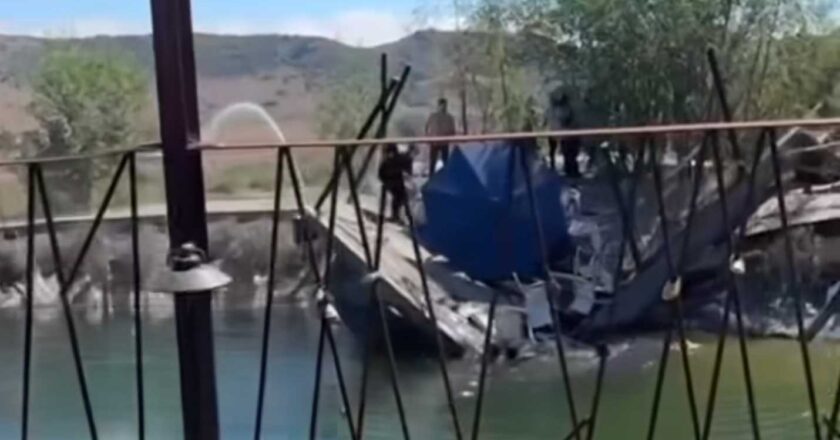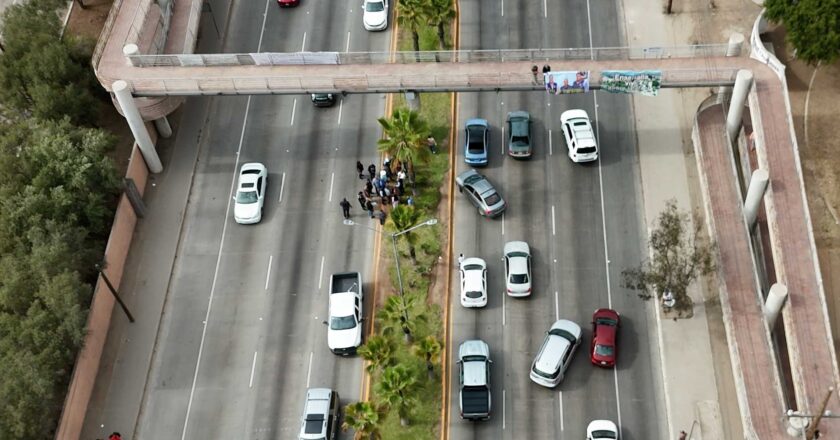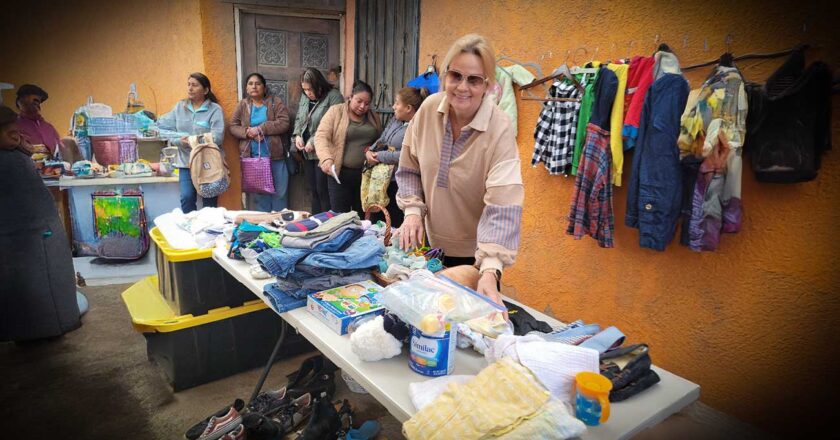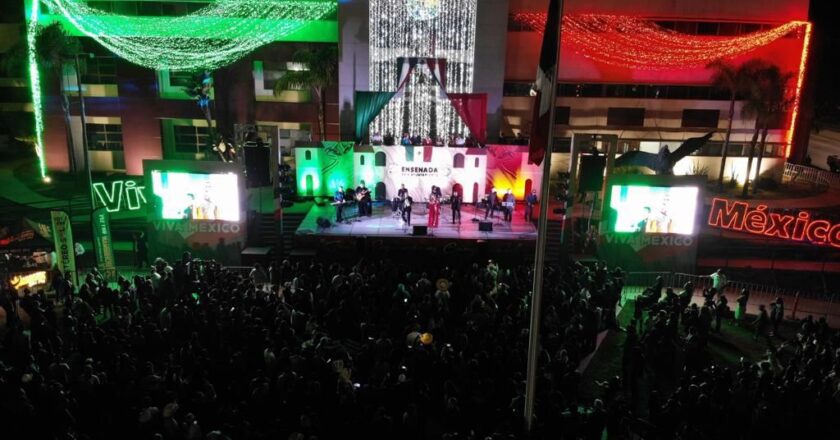What’s the last thing you expect when you sit down for lunch at a winery restaurant? A sommelier who can …


What’s the last thing you expect when you sit down for lunch at a winery restaurant? A sommelier who can …

Ensenada, August 15, 2025 — If you’re reading this while stuck in traffic on Avenida Reforma… well, welcome to the …

Let’s Celebrate 30 Years of La Mision Children’s Fund BECA Scholarship Program BY Mary Beth DiCecco, Molly Post with Martina Dobesh …

Baja California is stepping up its game when it comes to keeping your vacation stress-free. The state’s Tourism Office is …

Baja California is known for wine festivals, fresh seafood, and weekend gossip. However, there’s another story worth telling—our movies. We …

This isn’t just another cook-off. The Dr. Ramón García Ocejo Paella Contest is the grand finale of Ensenada’s 25-day Fiestas …

Baja California is on the move… sort of. Ensenada has a shiny new ferry sitting pretty at the dock. Tijuana’s …

If you’ve been to Playas de Tijuana lately, you’ve probably noticed something new on the border wall—something that doesn’t look …

Ensenada is about to pop the cork on one of its most beloved harvest season traditions. La Verbena de Santo …

Ensenada’s about to swap its sandals for sombreros. This September 15, the city will celebrate Fiestas Patrias like never before …